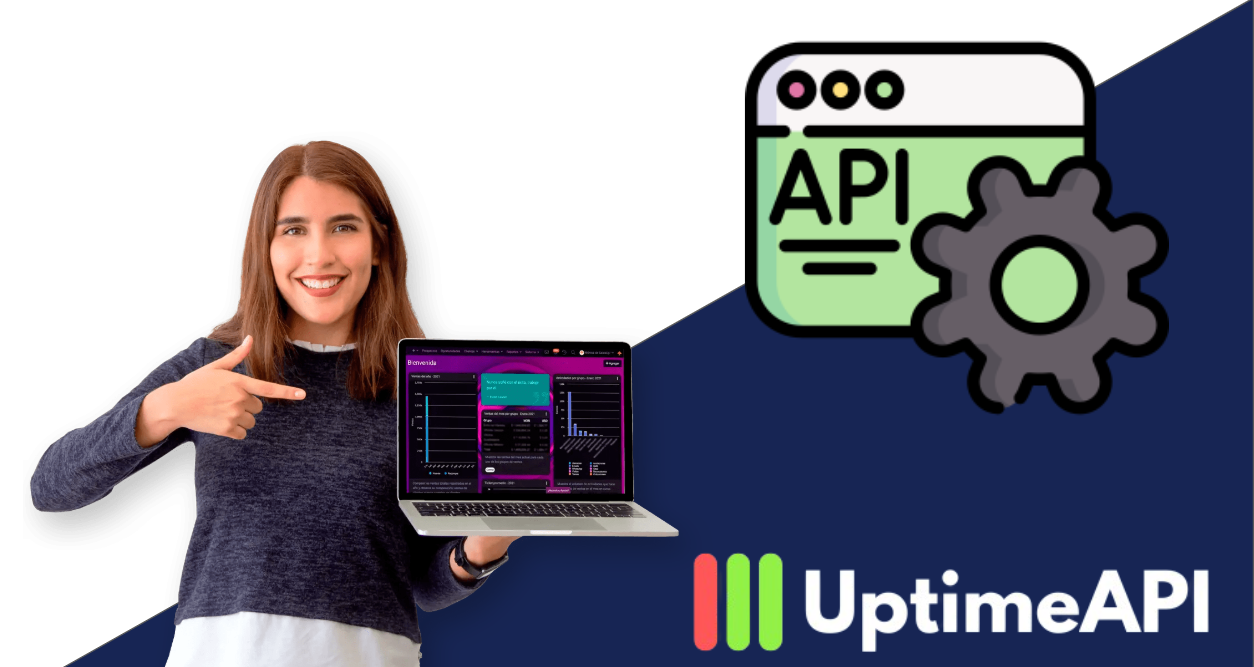API Performance Monitoring for Developers

In today’s fast-paced digital world, API reliability is crucial for delivering seamless user experiences. This is where API performance monitoring tools like Uptime API come into play. It offers real-time monitoring with instant insights, ensuring developers can track API health and performance in real-time. By using this platform, developers gain access to powerful tools that allow them to stay ahead of issues and ensure that their APIs remain operational at all times.
Uptime API: Real-Time Monitoring with Instant Alerts
The core feature of Uptime API is its real-time monitoring capability. It checks the status of your APIs continuously and alerts you to any issues as soon as they arise. This allows developers to address potential problems before they impact users, ensuring that services are always running smoothly. The platform supports multiple notification channels, including email, SMS, and webhooks, giving developers the flexibility to receive alerts in the format that best fits their workflow. Whether it’s an uptime issue, downtime, or performance degradation, Uptime API ensures that the team is notified instantly to take corrective action.
Customizable Alerts to Fit Your Needs
Every API monitoring situation is different, and Uptime API recognizes this by offering customizable alerts. Developers can set thresholds and triggers based on specific needs, such as response times, downtime, or performance anomalies. For instance, if an API exceeds a predefined response time, a developer can be alerted right away. This flexibility helps prevent unnecessary disruptions by ensuring that only relevant issues are highlighted. The ability to tailor notifications ensures that teams can focus on critical problems and take the necessary steps to resolve them quickly.
Example Request
{
"name": "Horoscope API Monitor",
"team_id": 1,
"method": "POST",
"url_or_ip": https://zylalabs.com/api/891/horoscope+api/3527/by+date,
"interval": "every_60_sec",
"timeout": 30,
"alert_when": "kwd_not_exists",
"keyword_to_check": "Horoscope",
"headers": {
"Authorization": "Bearer API_Key"
},
"parameters": {
"sunsign": "gemini",
"date": "2022-05-16"
}
}
Error Log Retention for In-Depth Analysis
One of the most valuable aspects of Uptime API is its error log retention feature. It allows developers to access and analyze historical data on API performance, giving them a clear picture of trends over time. By reviewing past performance, teams can identify recurring issues, assess the root causes of failures, and optimize their APIs accordingly. This feature is especially useful for making data-driven decisions that enhance the overall API performance. Historical data is a powerful tool for understanding the bigger picture and preventing future performance bottlenecks.
Monitoring Public and Private APIs With Uptime API
Uptime API supports the monitoring of both public and private APIs, making it versatile for various use cases. Whether you're tracking a publicly available API or monitoring a private service within your network, Uptime API provides comprehensive visibility. Developers can easily set up monitoring for any API with an accessible endpoint, making it a flexible solution for companies of all sizes. This level of inclusivity ensures that all aspects of an API ecosystem are covered, from external integrations to internal services.
Check This YouTube Video!
Conclusion
In the realm of API development, real-time monitoring is a critical component of ensuring reliability and performance. Uptime API excels in providing developers with real-time insights and alerts, empowering them to take swift action and prevent downtime. Its customizable features, error log retention, and ability to monitor both public and private APIs make it an invaluable tool for any development team. Whether you’re managing a single API or an extensive API ecosystem, Uptime API offers the tools necessary for effective API performance monitoring.
